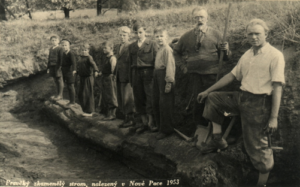The historical stratotype of the Aptian Stage (Cretaceous) was defined in the Luberon UNESCO global geopark in the middle of the 19th century. Due to excessive urbanization launched in the early sixties, the best outcropping conditions are those found at La Tuilière, in the vicinity of Saint-Saturnin-lès-Apt. This is a privileged place, with conservation, educational […]
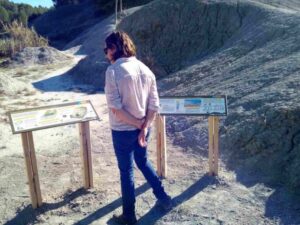
Shetland UNESCO Global Geopark encompasses a wide variety of well-exposed and accessible geological features. The combination of ocean floor remnants on top of ancient continental crust, a cross-section through a volcano, and evidence of earth movements is preserved nowhere else in the world and, individually, are some of the best examples known. Devonian rocks deposited […]
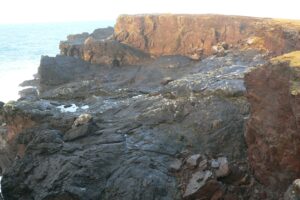
The Basque Coast UNESCO Global Geopark is known worldwide for its great thickness of Upper Cretaceous and Paleocene “flysch” formations. The K/Pg and P/E boundaries are among the most popular sites, together with the IUGS-ICS designated Selandian and Thanetian global stratotypes. However, an important section of the sea cliff outcrops is formed by an older […]
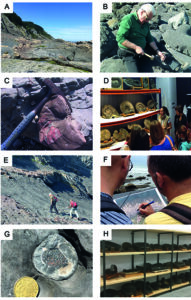
Iharkút is a Late Cretaceous (Santonian) vertebrate-bearing locality in the Bakony Mountains of western Hungary, where productive and continuous paleontological excavations have been carried out in the last twenty years. Fieldwork resulted in a very rich and diverse assemblage of terrestrial and freshwater animals, including fishes, amphibians, turtles, lizards, a freshwater mosasaur, pterosaurs, crocodilians, dinosaurs, […]
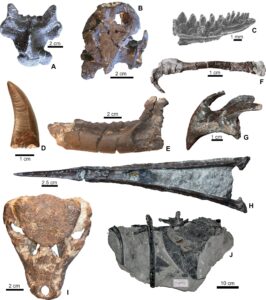
This paper introduces the Middle Devonian trilobites of Gerolstein, found on the famous trilobite fields of Gees and at the Auberg hill in Gerolstein. The research history and local geology of both sites are briefly discussed and key publications for further studies are provided. Owing to the early start of trilobite related research in the […]
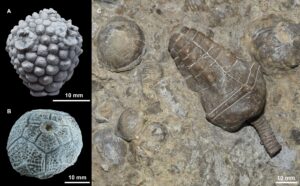
We review here key geological heritage elements of the Hațeg Country UNESCO Global Geopark (Southern Carpathians, western Romania) represented by latest Cretaceous continental vertebrate fossils and the sedimentary rocks enclosing them. Based on available geological and paleontological evidence, these animals were living on a tropical island. This paleogeographic setting led to the development of some […]
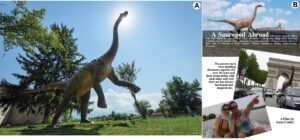
The Viar Basin, the largest of the Carboniferous basins in the Sierra Norte de Sevilla UNESCO Global Geopark, has yielded an important fossil flora. The flora is important stratigraphically and paleoecologically, and the collection sites have significant heritage value as they were studied by eminent geologists of the late nineteenth and early twentieth centuries. The […]
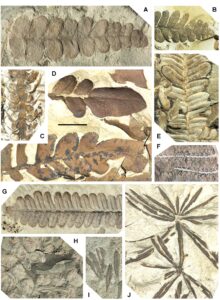
In 1898, when the first dinosaur eggs were discovered in Hațeg Country (which in 2005 became part of the UNESCO Global Geopark Network), not one dinosaur egg had ever been unearthed either in the vicinity or anywhere in Romania. Twenty years later, tens of sites bearing remnants of dinosaur eggs – of which at least […]
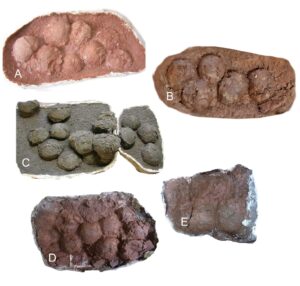
Piesberg quarry is famous for its Upper Carboniferous plant and arthropod fossils, including several holotypes of flying insects. The high degree of maturity of the Piesberg strata, such as the presence of anthracitic coal, quartzite, and large quartz crystals, led to controversies over a possible underlying thermal anomaly. The Piesberg is of further importance for […]
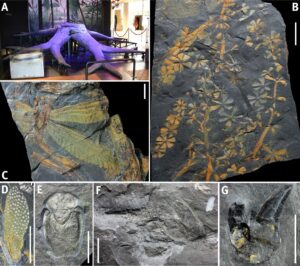
The late Paleozoic deposits in several basins of the Bohemian Massif are well known for their rich abundance of petrified tree trunks. The area of the UNESCO Global Geopark Bohemian Paradise includes a substantial part of one of the largest ones, the Krkonoše Piedmont Basin. Deposits of this basin contain the most complete fossil record […]
